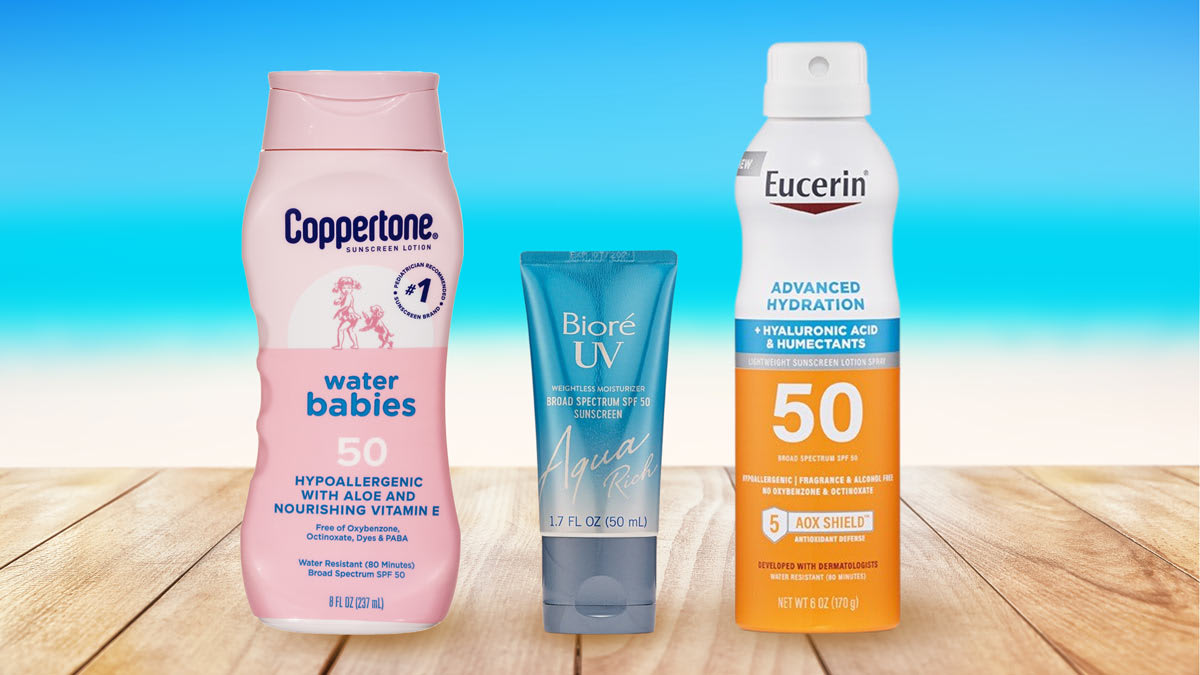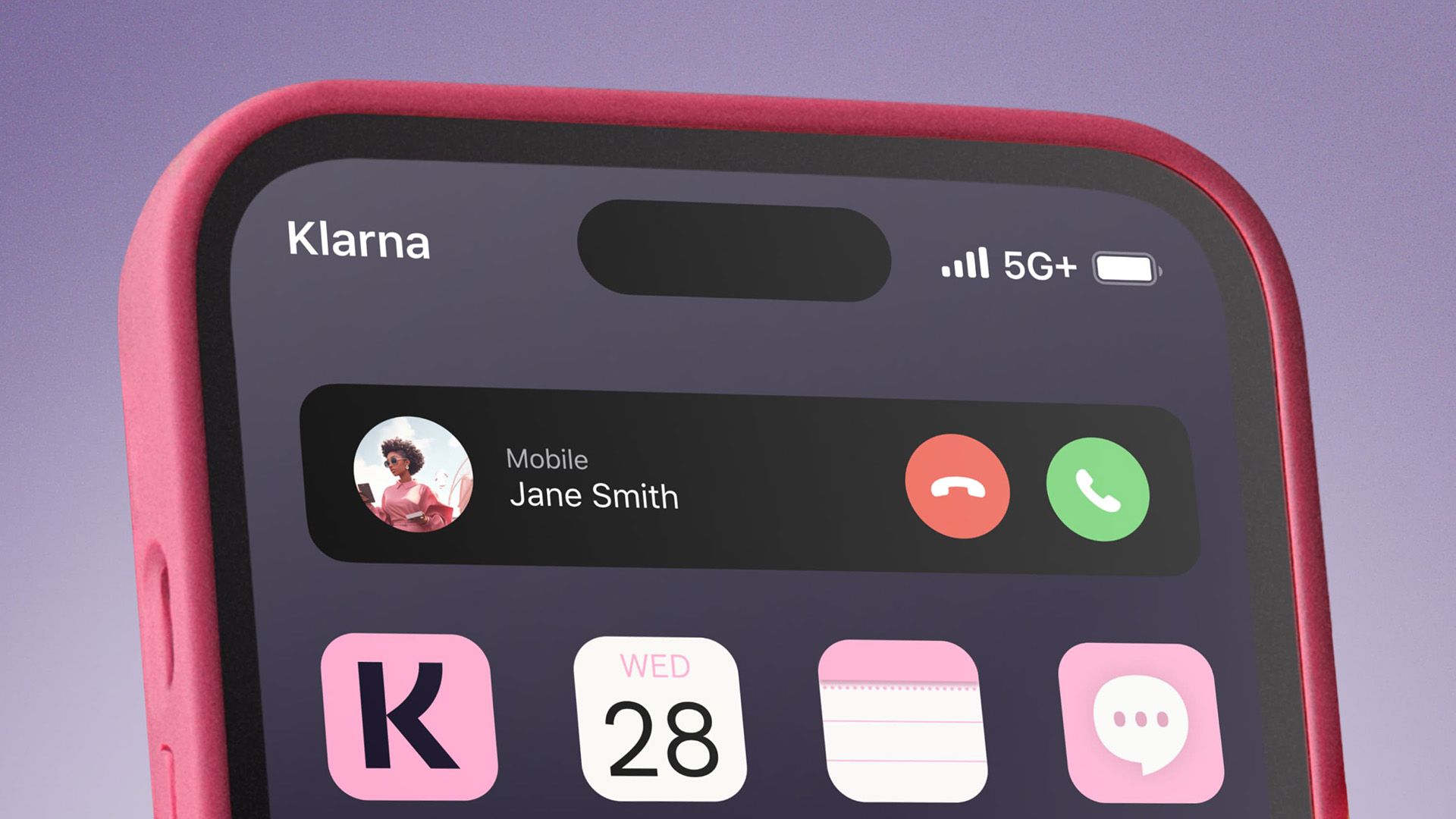Best Sunscreens of 2025 – Consumer Reports

We test only broad-spectrum sunscreens labeled SPF 30—the minimum that dermatologists recommend you use—or above. Most of the sunscreens are water-resistant. However, because some facial sunscreens are meant for everyday use—not just when you’ll be swimming or sweating—a few of the ones we tested aren’t water-resistant. We’ve clearly marked which ones are (and for how long) and which ones aren’t in our ratings.
CR uses a testing protocol that’s modeled on the one the Food and Drug Administration requires sunscreen manufacturers to use. But as is the case with other products we test that have government or industry standards, we use those standards as benchmarks and develop our own methodology to identify differences in performance and give consumers a comparative evaluation.
“We buy the sunscreens for our tests off the shelf, the way consumers would,” says Susan Booth, who oversees our sunscreen testing. “We use three samples, preferably with different lot numbers, of each product.”
For SPF, we test the sunscreens on three people, which is fewer than the FDA’s protocol calls for, but we use a statistical analysis to verify our results.
To check SPF in water-resistant sunscreens, a technician applies a standard amount of each sunscreen to a 2×3-inch rectangle on each panelist’s back. Then the panelists soak in a tub of water for 40 or 80 minutes, depending on the product’s water-resistance claim. (We perform the test after water immersion only for water-resistant sunscreens because if a sunscreen holds up on wet skin, it should hold up on dry skin.) Afterward, smaller sections of the rectangle are exposed to five or six intensities of UV light from a sun simulator for a set time based on how quickly the panelist’s skin burns without protection. (We also use a reference sunscreen with known performance to ensure the accuracy of the testing.) About a day later, a trained technician examines the areas for redness and determines the SPF.
The testing for non-water-resistant sunscreens involves the same steps—applying the sunscreen, exposing the skin to UV light, and examining the skin the next day—except for water immersion.
Source link











